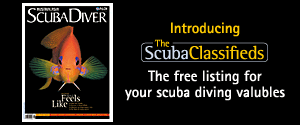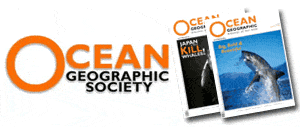- Home
- Directory
- Shop
- Underwater Cameras - Photographic Accessories
- Smartphone Housings
- Sea Scooters
- Hookah Dive Systems
- Underwater Metal Detectors
- Dive Gear
- Dive Accessories
- Diving DVD & Blu-Ray Discs
- Diving Books
- Underwater Drones
- Drones
- Subscriptions - Magazines
- Protective Cases
- Corrective Lenses
- Dive Wear
- Underwater Membership
- Assistive Technology - NDIS
- On Sale
- Underwater Gift Cards
- Underwater Art
- Power Stations
- Black Friday Sale
- Underwater Bargain Bin
- Brands
- 10bar
- AOI
- AquaTech
- AxisGo
- Backscatter Underwater Video and Photo
- BLU3
- Cayago
- Chasing
- Cinebags
- Digipower
- DJI
- Dyron
- Edge Smart Drive
- Eneloop
- Energizer
- Exotech Innovations
- Fantasea
- Fotocore
- Garmin
- Geneinno
- GoPro
- Hagul
- Hydro Sapiens
- Hydrotac
- Ikelite
- Indigo Industries
- Inon
- Insta360
- Intova
- Isotta Housings
- Jobe
- JOBY
- Kraken Sports
- LEFEET
- Mirage Dive
- Nautica Seascooters
- Nautilus Lifeline
- NautiSmart
- Nitecore
- Nokta Makro
- Oceanic
- Olympus
- OM System
- Orca Torch
- Paralenz
- PowerDive
- QYSEA
- Scubajet
- Scubalamp
- Sea & Sea
- SeaDoo Seascooter
- SeaLife
- Seavu
- Shark Shield
- Sherwood Scuba
- Spare Air
- StickTite
- Sublue
- Suunto
- SwellPro
- T-HOUSING
- Tusa
- U.N Photographics
- Venture Heat
- XTAR
- Yamaha Seascooter
- Youcan Robot
CITES decides on the fate of three vulnerable shark species
Trade in sawfish has been banned but two endangered species of sharks failed to win protection at the Convention on International Trade in Endangered Species (CITES) meeting in The Hague. The proposal to list the spiny dogfish and the porbeagle shark failed to get the two-thirds majority needed for listing.
The outcome of the 14th Meeting of the Conference of CITES Parties (CoP14) hosted by the Netherlands in June 2007 was disappointing for the many organisations and coalitions, including Project AWARE, who worked hard to promote better shark fisheries management and support three shark proposals: the German’s proposal to list two imperilled shark species (Spiny Dogfish and Porbeagle sharks) under Appendix II and the U.S. and Kenya’s proposal to ban international trade in sawfish, shark-like rays considered critically endangered around the world. After a week of intense lobbying two out of the three proposals failed and fell short of the required two-thirds majority needed for adoption.
“We are deeply dismayed that Spiny Dogfish and Porbeagle sharks, two exceptionally vulnerable and heavily traded shark species have been denied the global safeguards that are so urgently warranted” commented Sonja Fordham, Shark Alliance Policy Director.
The Porbeagle shark is principally used for fresh, frozen and dried-salted meat across Europe. Spiny dogfish, amongst other small shark species, is used in fish and chips in the UK, where it is called 'Rock Salmon', and as a smoked meat delicacy in Germany, called 'Schillerlocken'. International trade of these sharks is not controlled and fisheries are ineffectively managed. Populations of both species, imported into the EU from countries like Canada, Norway and the US, have dramatically declined in the North Atlantic: by up to 95 per cent for the Spiny Dogfish and 89 per cent for the Porbeagle, in the last ten and forty years respectively.
A number of pro-whaling nations frustrated the meeting with endless points of order. As a result a number of pro-listing delegations had left by the time of voting for the spiny dogfish proposal. Many countries opposing the EU CITES listing proposals for sharks expressed concern over the lack of shark fishery management in European waters and used this as a reason to vote against the listings. During the debates, EU representatives underscored previous commitments to development of an EU Shark Plan by 2008. However, while the number of votes to support the listing of Spiny Dogfish and Porbeagle sharks under Appendix II was not sufficient, progress has definitely been made on a number of fronts relating to the Shark Alliance core mission: restore and conserve shark populations by improving European fishing policy.
One of the three shark proposals has been adopted Parties to the Convention on International Trade in Endangered Species (CITES) adopted a landmark proposal to ban international trade in sawfish, shark-like rays with elongated, tooth-studded snouts. The proposal was made jointly by the United States and Kenya, and was weakened slightly by an annotation from Australia to allow limited trade in live specimens from one Australia species for conservation purposes. The amended proposal received at least 69% of the vote; 66.67% is needed for adoption. The US first proposed a ban on sawfish trade at CITES ten years ago.
Attention for sharks, particularly Spiny Dogfish and Porbeagle has increased – including media attention
International pressure on the EU to establish management plans for sharks has increased
The EU was united behind both proposals Spiny Dogfish and Porbeagle, even if they failed
“The 14th Meeting of the Conference of the Parties of CITES has been a real roller coaster ride. Even though two shark proposals failed to be adopted, global awareness of the plight of sharks has been enhanced” said Sonja Fordham. “We welcome the widespread recognition, by the EU and other countries, that national and international shark conservation measures are urgently needed to recover spiny dogfish populations and prevent depletion of other species. It is imperative that the EU complete its overdue shark management plan, as a matter of priority, and that CITES continues its work to highlight and consider trade limitations for vulnerable shark species”.
Please support Project AWARE’s Protect the Sharks campaign and learn more about the latest activities of the Shark Alliance by visiting http://www.sharkalliance.org. We need your support to continue our work to protect the sharks.
Together, we can make a difference
For further press information, please contact: Joanne Marston, Project AWARE Manager joanne.marston@projectaware.org.au Joanna McNamara, Marketing & Fundraising Coordinator joanna.mcnamara@projectaware.org.au
Notes to Editors: Project AWARE Foundation is a nonprofit organization working with divers to conserve underwater environments through education, advocacy and action. Visit http://www.projectaware.org to support your local office and participate in environmental activities to make a lasting difference.
CITES Explained: The Convention on International Trade in Endangered Species of Wild Fauna and Flora (CITES), also known as the Washington Convention, is an international agreement, which aims to ensure the survival of individual species by managing their trade across international boundaries. CITES provides an international legal framework for preventing trade in endangered species and regulating trade in species at risk. Currently, 171 countries are party to the agreement – and about 32,000 animal and plant species are afforded protection as a result. Conference of the Parties (COPs) is held every three years to amend three Appendices under which species at risk are listed. Proposals to list, down-list or de-list species are proposed by Member governments and require a two-thirds majority for adoption. CITES administered by UN Environment Programme (UNEP) Appendix I is reserved for species threatened with extinction that are or may be affected by trade. Appendix II listings serve to monitor and limit trade to sustainable levels through requirements for export permits and justification that export will not pose a detriment to wild populations. Appendix III contains species that are not necessarily threatened on a global level, but that are protected within individual states where that state has sought the help of other CITES Parties to control international trade in that species. Shark Alliance: In 2006, Project AWARE Foundation joined The Shark Alliance: a new coalition of international non-governmental organizations dedicated to restoring and conserving shark populations by improving European fishing policy. Because of the influence of Europe in global fisheries and the importance of sharks in ocean ecosystems, these efforts have the potential to enhance the health of the marine environment in Europe and around the world. For more information, visit http://www.sharkalliance.org.
Contributed by Joanne Marston added 2007-08-01
![]() Login or become a member to join in with this discussion.
Login or become a member to join in with this discussion.

 Yamaha Seascooters
Yamaha Seascooters
Exclusive official distributor and dealer for Yamaha Seascooters in Australia, New Zealand and Fiji. Yamaha Seascooters feature light and efficient personal water scooters that are fun and affordable to anyone.
Shopfront
-
 Sealife Sea Dragon Duo 10K+ Color Boost Set
Sealife Sea Dragon Duo 10K+ Color Boost Set
- Price A$ 2,395.00
-
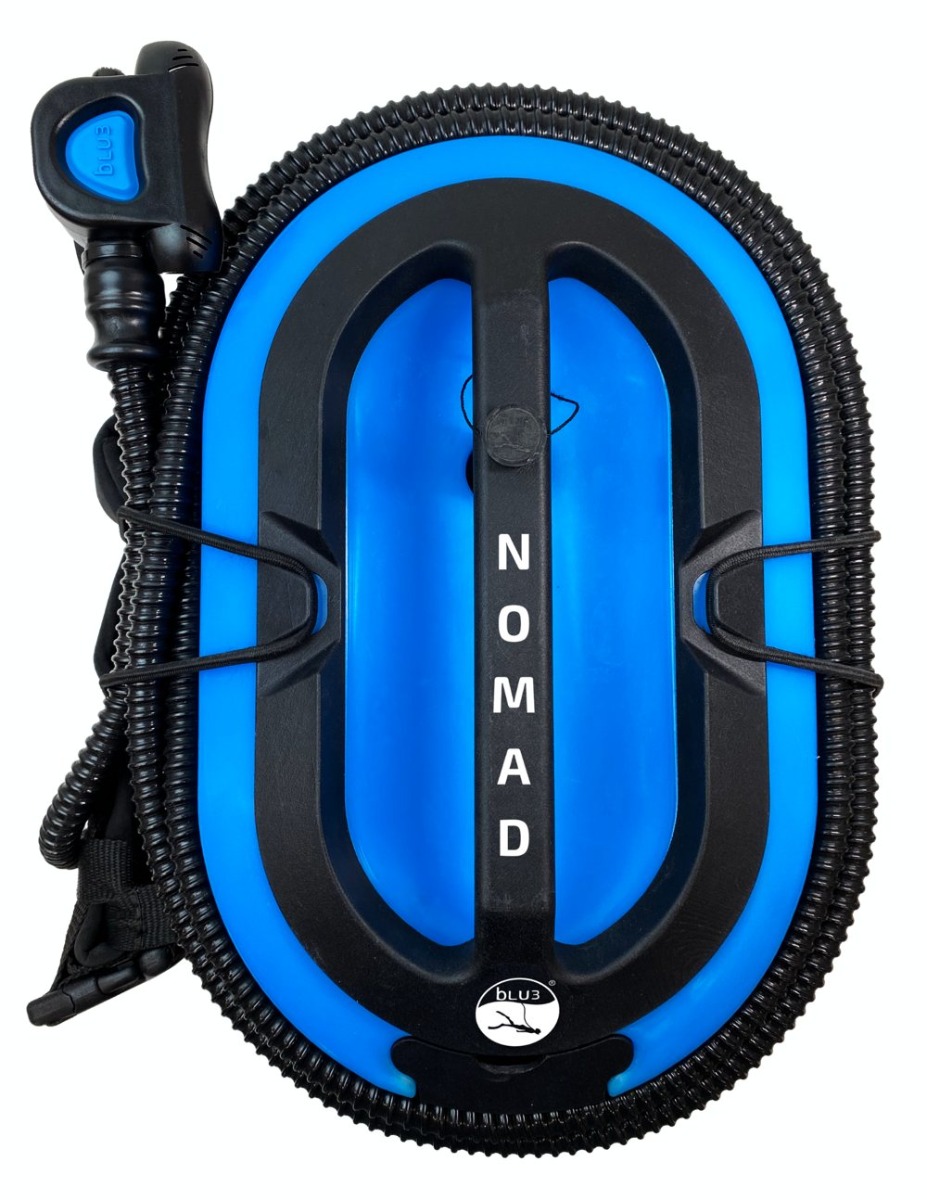 Nomad by BLU3 - Compact dive system - 30 feet
Nomad by BLU3 - Compact dive system - 30 feet
- Price A$ 3,399.00
-
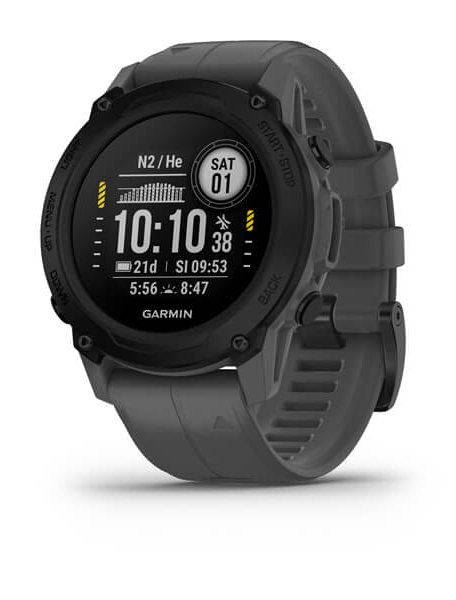 Garmin Descent™ G1
Garmin Descent™ G1
- Price A$ 829.00
-
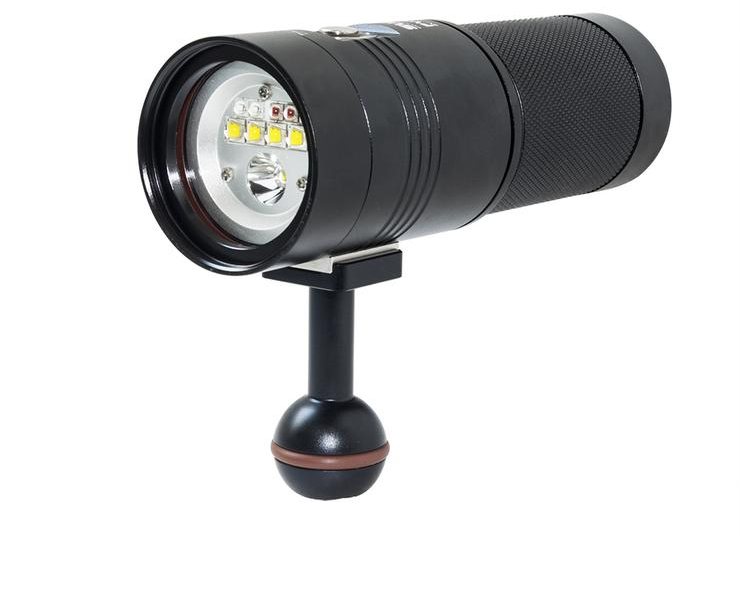 Scubalamp PV32T LED Photo/Video Light - 3,000 lumens
Scubalamp PV32T LED Photo/Video Light - 3,000 lumens
- Price A$ 349.00
-
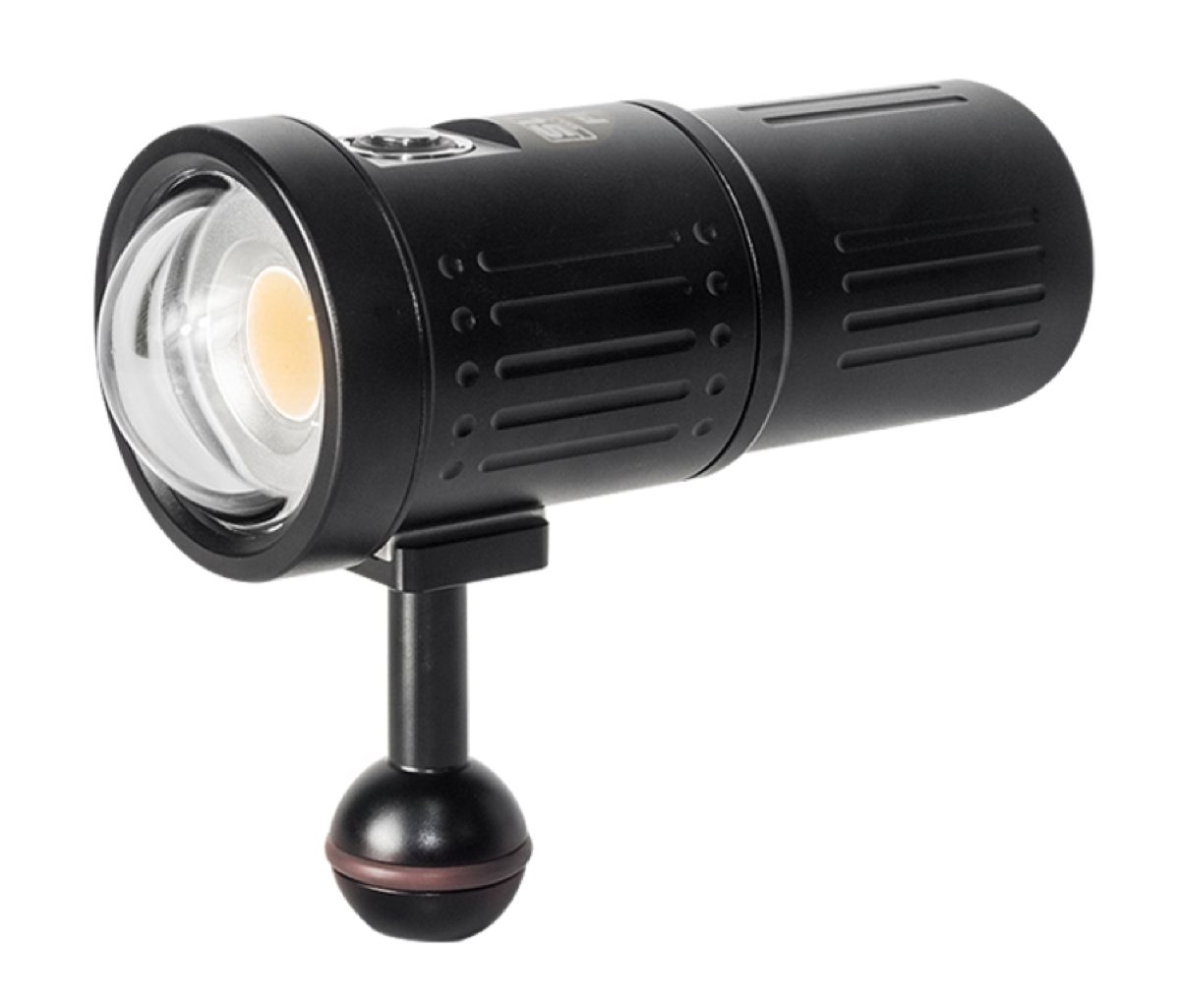 Scubalamp V3K V2 Photo/Video Light - 5000 Lumens
Scubalamp V3K V2 Photo/Video Light - 5000 Lumens
- Price A$ 499.00
-
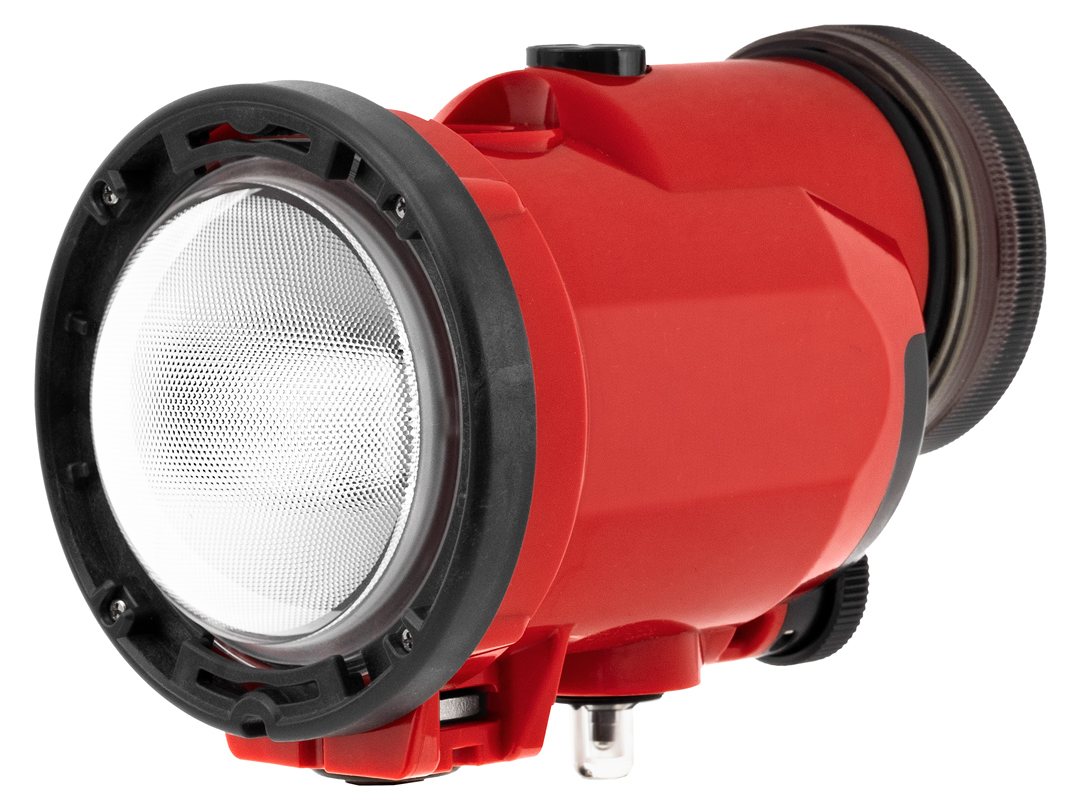 Inon S-220 Underwater Strobe
Inon S-220 Underwater Strobe
- Price A$ 749.00
-
 Scubalamp D-Pro Underwater Strobe
Scubalamp D-Pro Underwater Strobe
- Price A$ 1,199.00
Articles
-
 Australian Sea Lions - what a buzz!
Australian Sea Lions - what a buzz!
by John Natoli
- It was around midday, when Andrew Fox suggested that conditions were perfect for a brief stop over at Hopkins Island and take a dive with Australian Sea Lions.



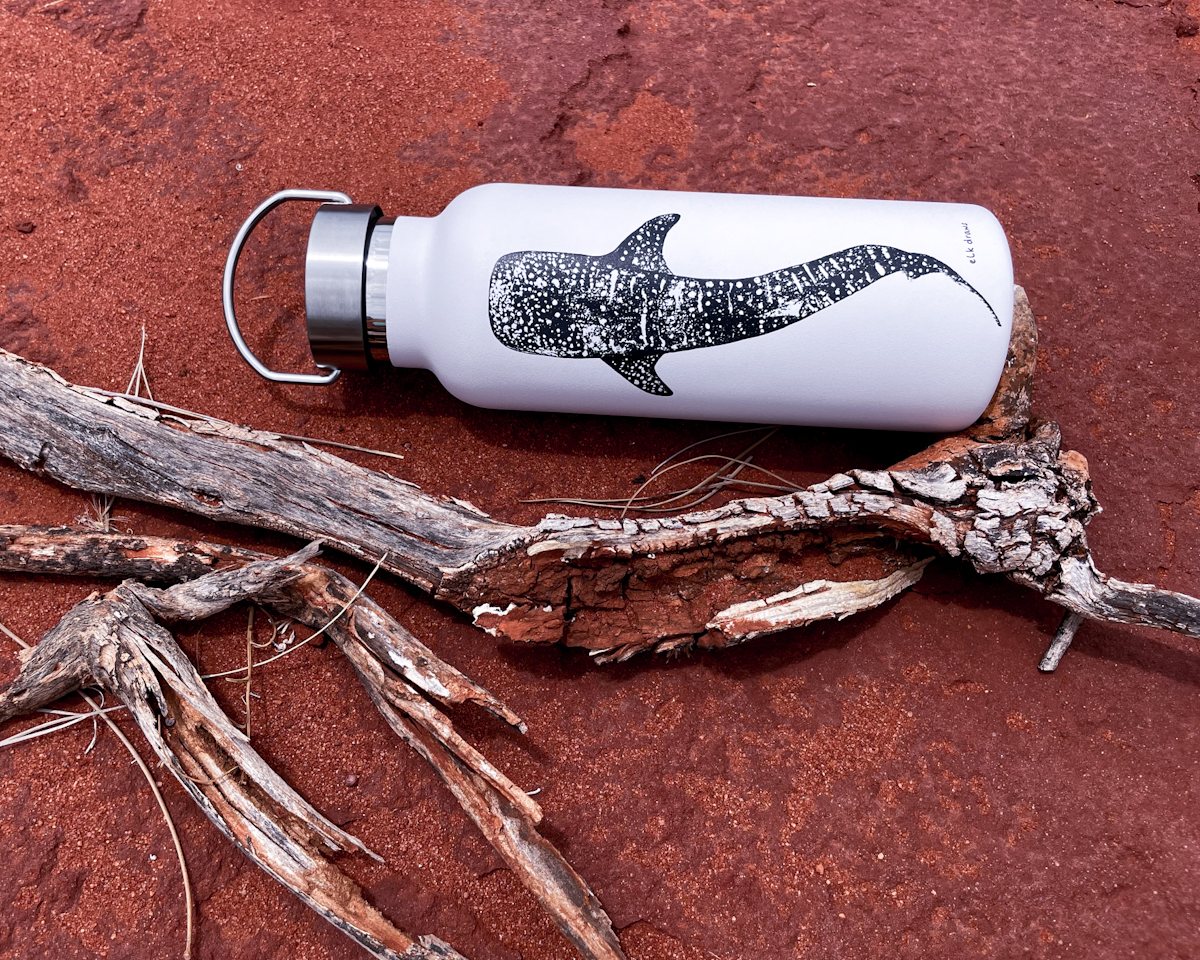 Underwater X Elk Draws Stainless Steel Insulated Water Bottle for Mental Health - Whale Shark
Underwater X Elk Draws Stainless Steel Insulated Water Bottle for Mental Health - Whale Shark


